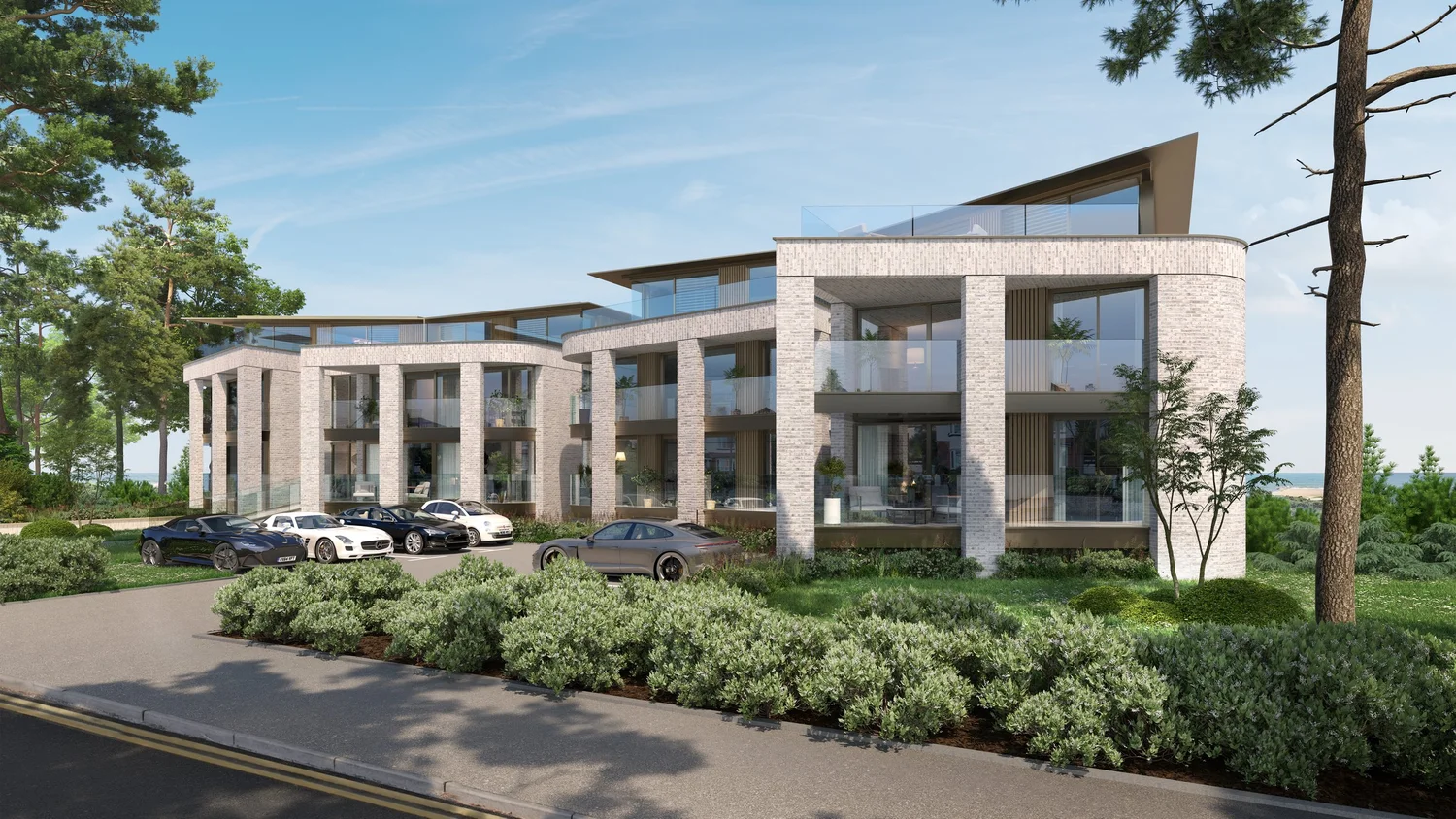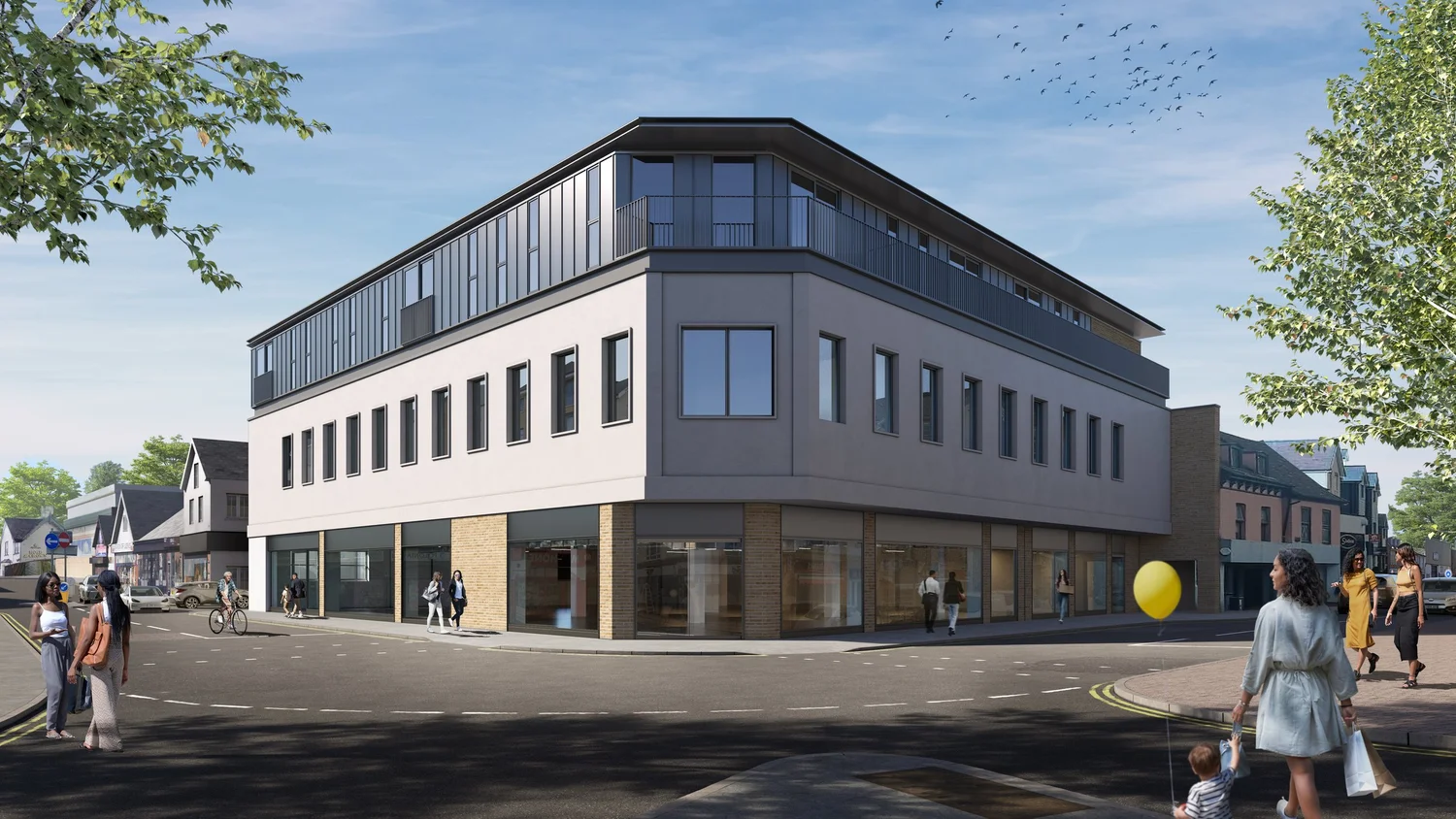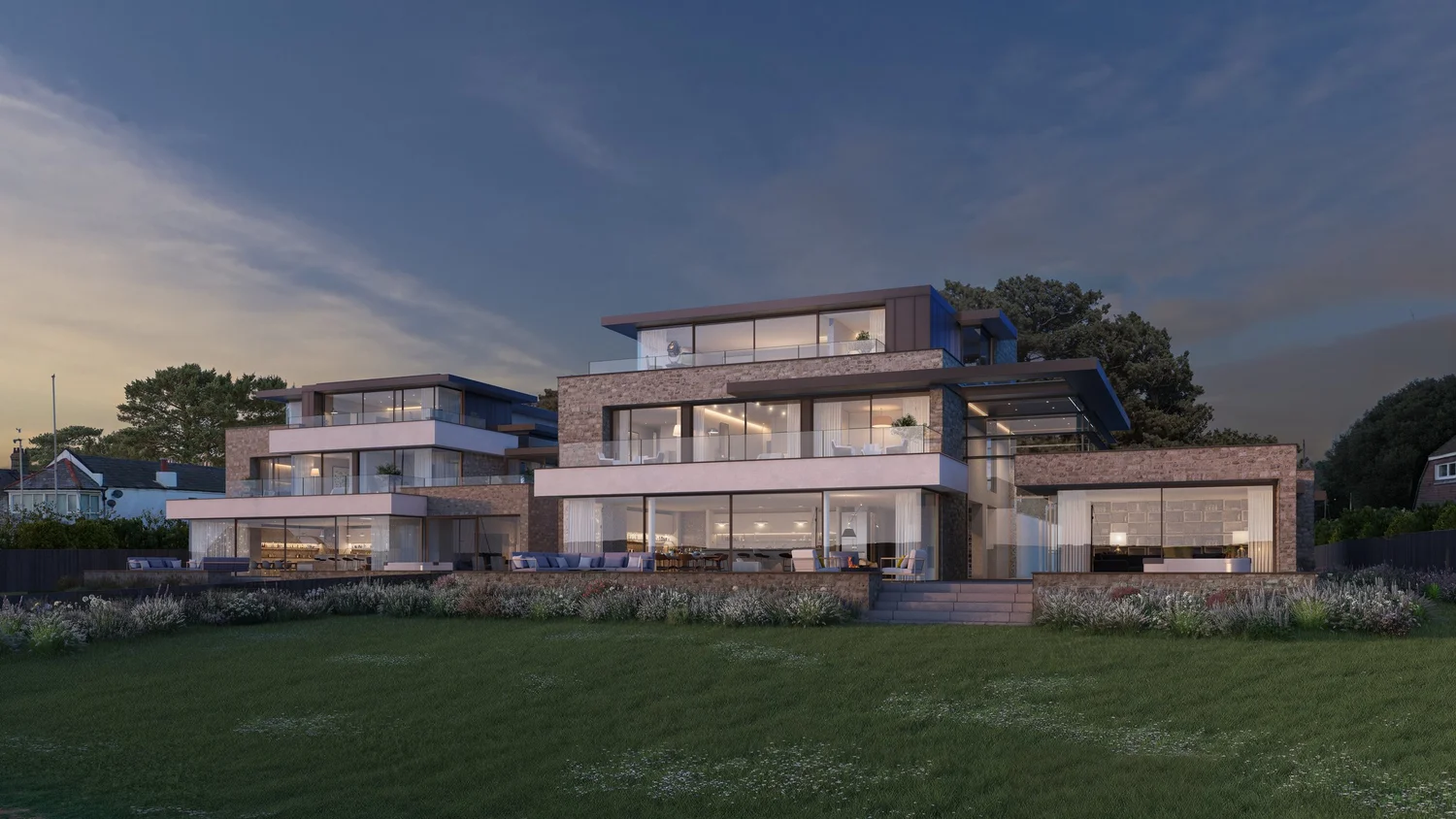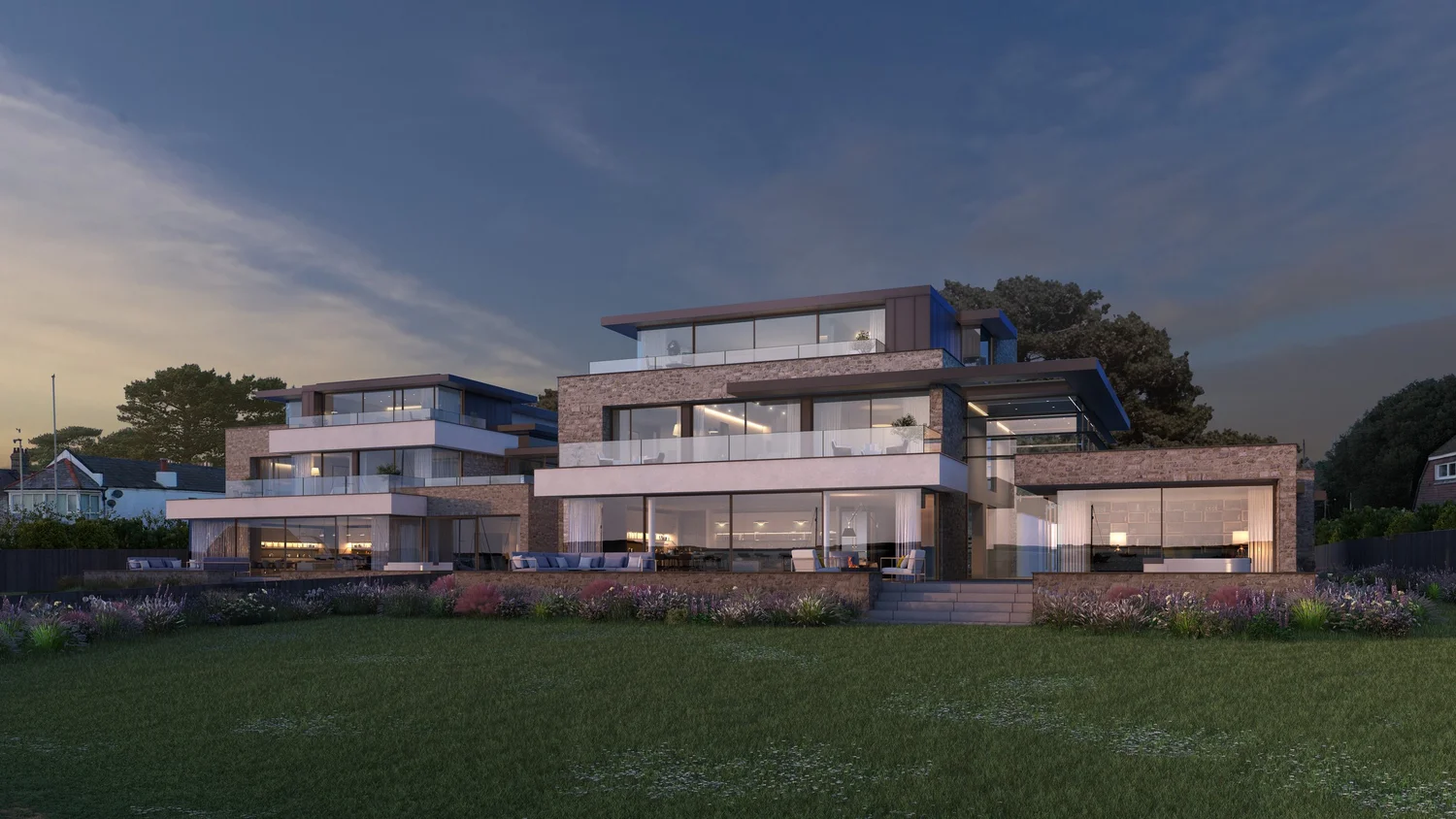AI in CGI
How AI is affecting CGI imagery
At the studio, we have been taking a keen interest in AI imaging over the last couple of years.
As AI technology has developed and become ubiquitous on the Internet, we’ve been wondering how it will affect CGI imagery and our studio workflow.
While people can conjure up images from prompts in various styles, the specificity of our CG work always presented a problem, as AI imagery lacked the fine-tuning and accuracy that we need to deliver specific spaces and designs.
Even so, we have been test-driving the latest software and models as they have been released and to our surprise, in the last couple of months, it has become an integral tool in our workflow.
We realised the real benefit to us was in the final touches of images, adding the final 5% of photorealism.
A great example is the addition of people. It’s always been an open question of which works better in our CGI imagery: 3D models of people rendered in 3D space or 2D photographic assets added to the comp, with the pros and cons of each option.
Now, we can get the best of both worlds by adding high-quality 3d people models and processing them through AI. The results help with things like hair and clothes and add an extra layer of photorealism to the typically slightly CGI-feeling characters. This allows us to use people as integral parts of the image composition from the early drafts and helps us tell a better story of the spaces we create.
Again, AI image software handles planting and landscaping details in a way that helps us add quality and variation to our existing CGI scenes. Whether it’s improving the feel of lawned areas or adding detail to rendered planting models, there seems to be a real advantage to adding a final AI pass.
All in all, we have only scratched the surface of the possibilities, but the speed and intuitive nature of the process have honestly surprised us, going from software experimentation and research and development exercise to a fully-fledged production tool.
The fact that AI went straight for creativity first is a huge surprise and disruption—and it’s captured huge attention. Right now, we’re not so worried about the impact on our jobs. Like any significant technological advancement—from a paintbrush to the camera—it’s seen as a new tool that threatens the current status quo. But for us, it empowers us to do even greater work faster, and as a studio that focuses on achieving the highest quality, this is a positive for us.
Exciting times ahead!









